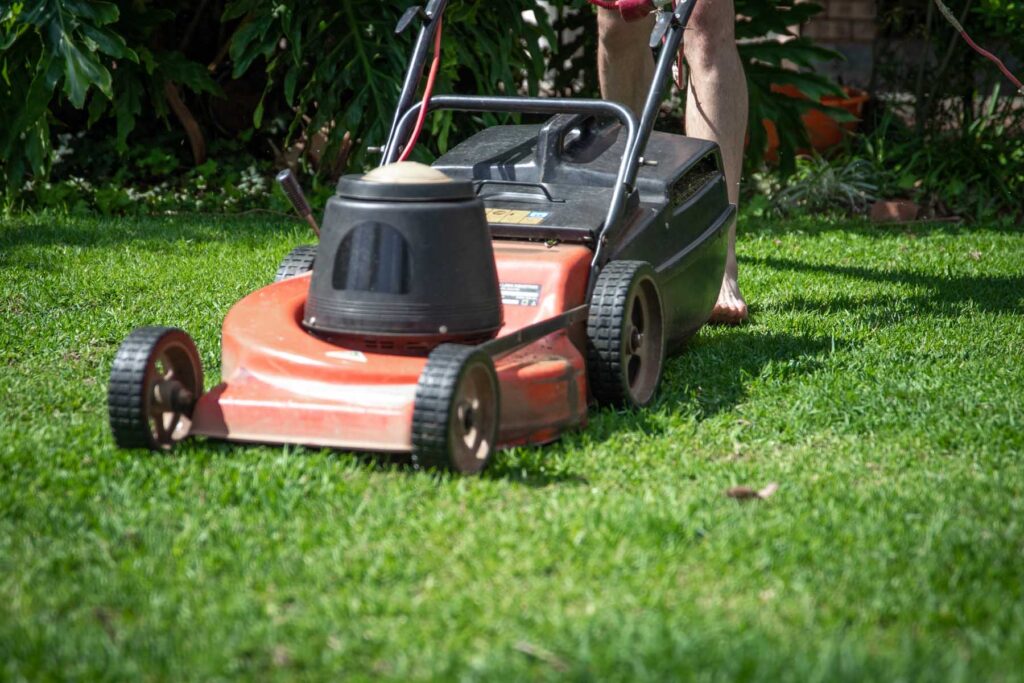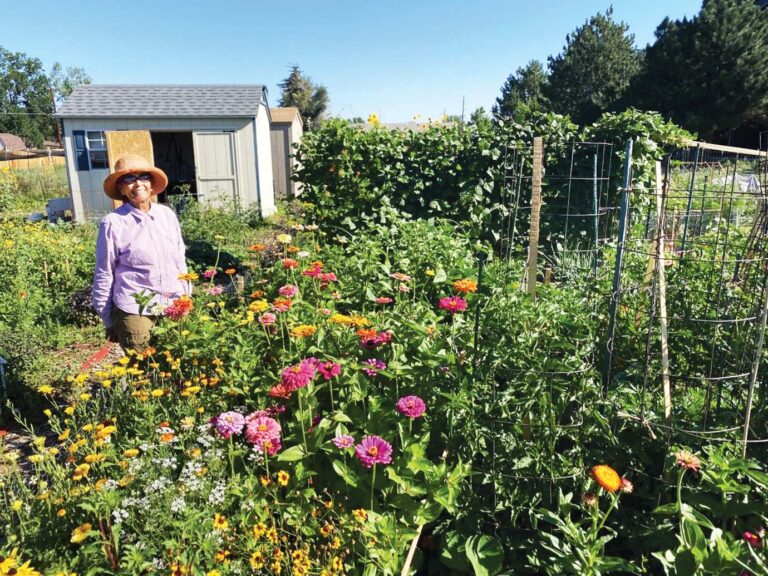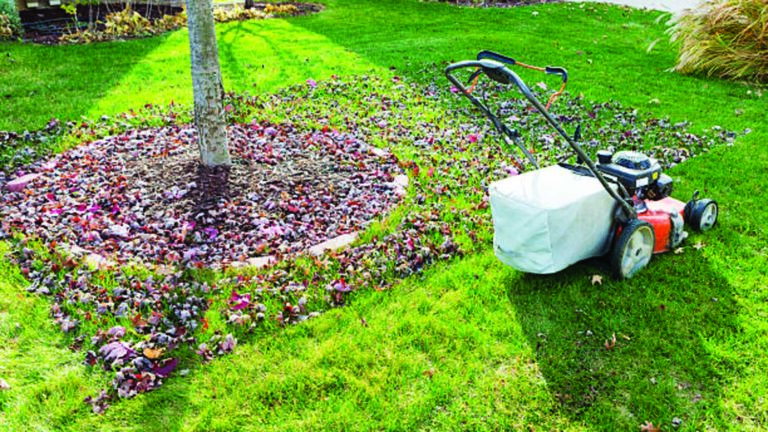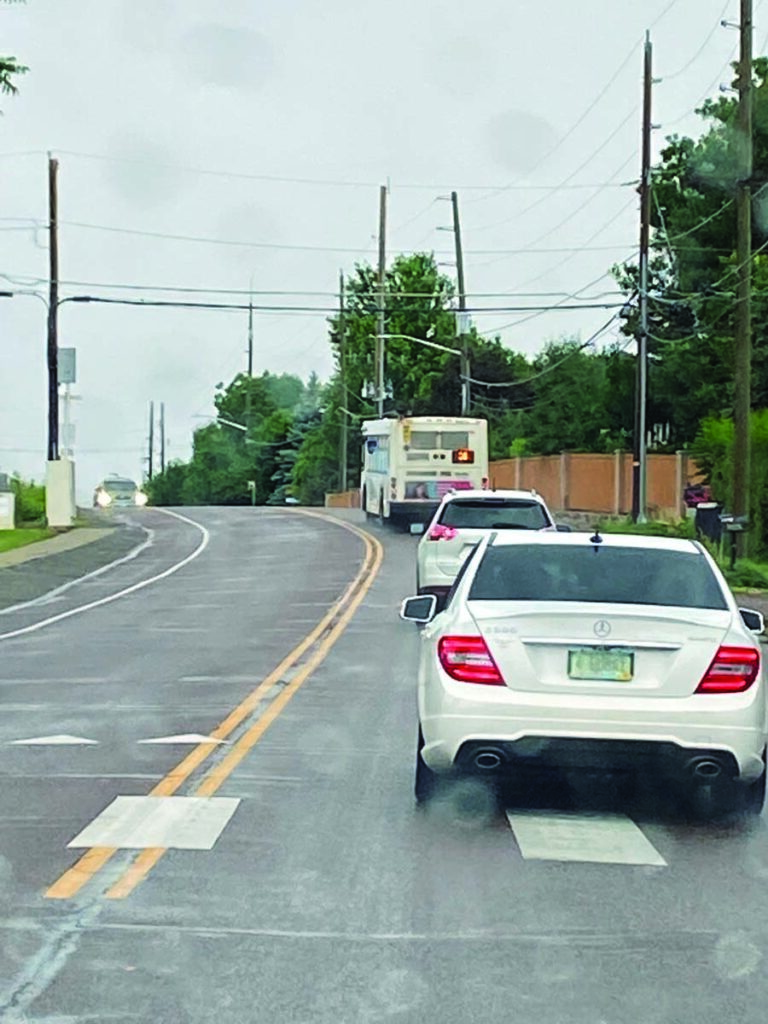You can’t see it, smell it or taste it. This invisible pollutant even accumulates the most on hot and sunny blue-sky days, when the Colorado air appears clear. Yet, ground-level ozone is the Front Range’s most pressing air quality problem, impacting our health and environment each summer.
Ozone is simply three oxygen atoms stuck together. High up in the atmosphere, ozone serves an important purpose: it protects us from the sun’s ultraviolet radiation. But at ground level, high concentrations of ozone are toxic to people: irritating our throats and lungs, making it difficult to breathe, increasing our susceptibility to respiratory infections, and exacerbating ailments such as asthma.
So where does this pollution come from? Ground-level ozone is formed when two chemicals, volatile organic compounds (VOC) and nitrogen oxides (NOx), react in the sunshine and heat that build up on summer days. These emissions come mainly from our gas-powered vehicles, lawn equipment, and oil and gas production.
Both colorless and odorless, ozone is different than wildfire smoke (sometimes mentioned as PM2.5) or the infamous “brown cloud” from decades past. Yet while we cannot see it or smell it, we still have the power to reduce ground-level ozone in the Front Range each and every day.
First, sign up for ozone alerts from the Regional Air Quality Council (RAQC). Visit SimpleStepsBetterAir.org/signup-for-alerts to sign up for emails and/or text “BetterAirCO” to 21000 to receive air quality alerts on your phone. When a high ozone day is anticipated the next day or happening now, the RAQC will send you a text or email to let you know.
Second, to reduce your emissions, take some Simple Steps for Better Air. Skip two car trips per week by carpooling, combining errands, and walking, taking a scooter, bike, bus, or the light rail to get where you need to go. Ride RTD for free in August as part of their Zero Fare for Better Air program to reduce ground-level ozone in the summer months.
More simple steps: Fuel up your car after 5 p.m., and don’t idle in the driveway or parking lot—instead, turn the car off and on again. Consider a low- or zero-emissions vehicle, like an electric vehicle (EV), when it’s time to purchase a new vehicle. Switch to electric lawn equipment, or mow after 5 p.m. when possible, to keep emissions from building up in the heat of the day. And as many of us do these days, work from home at least one day a week and eliminate your commute altogether!
Visit SimpleStepsBetterAir.org for more information about how to reduce your ozone impact this summer and help your Colorado community breathe easier.
This sponsored content was provided by the Regional Air Quality Council.






